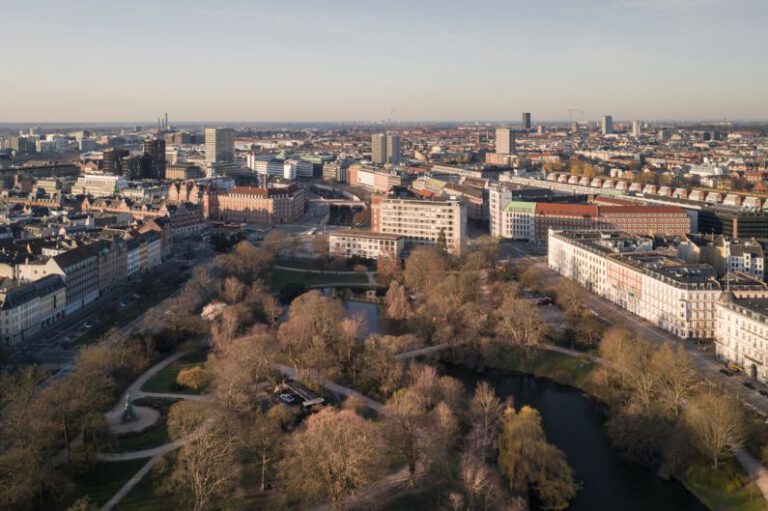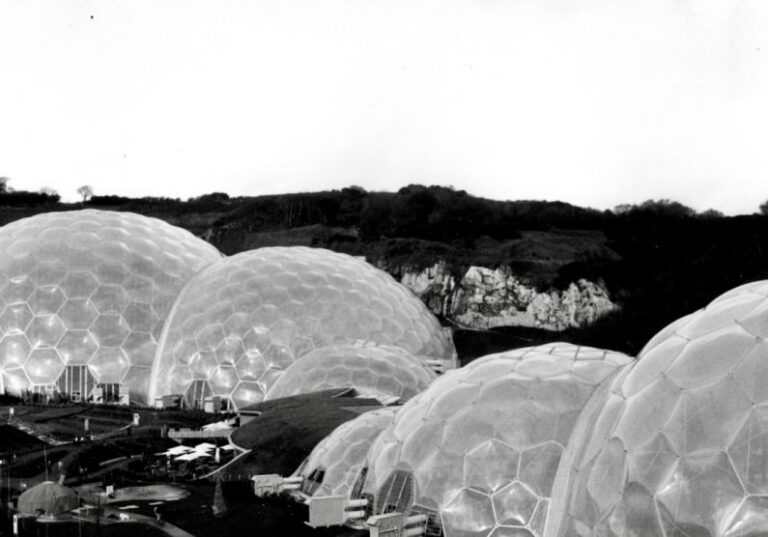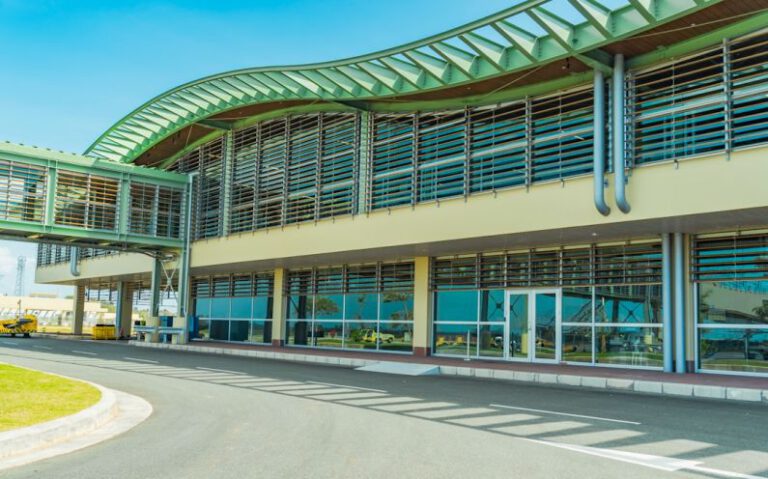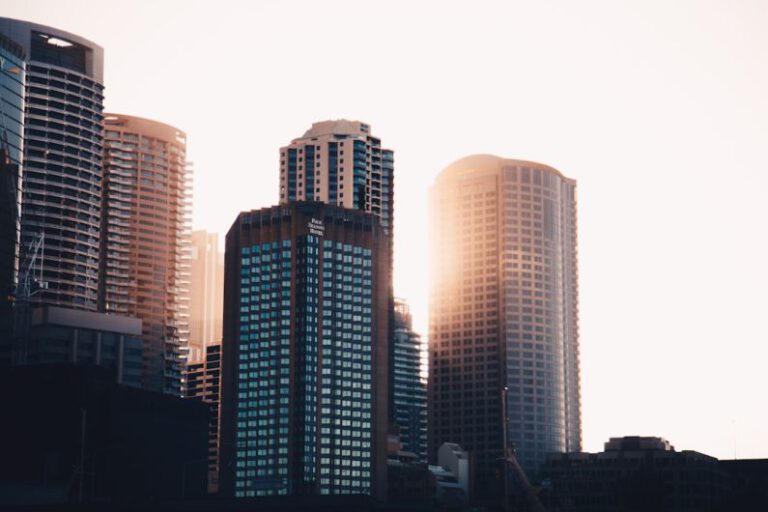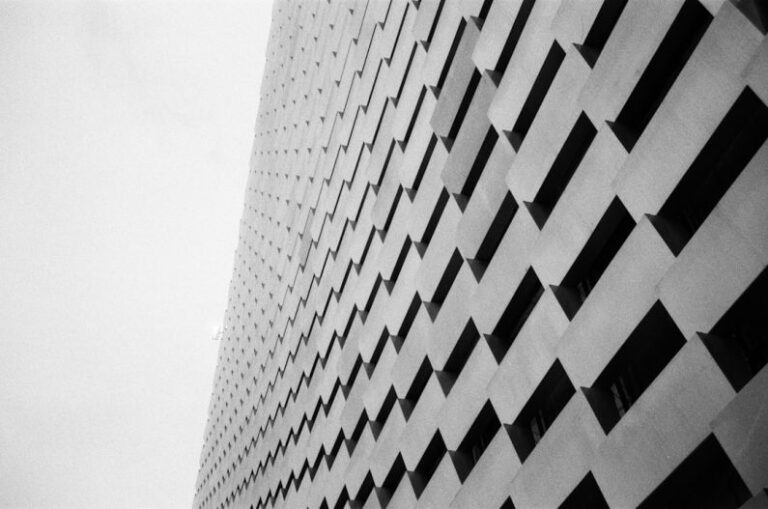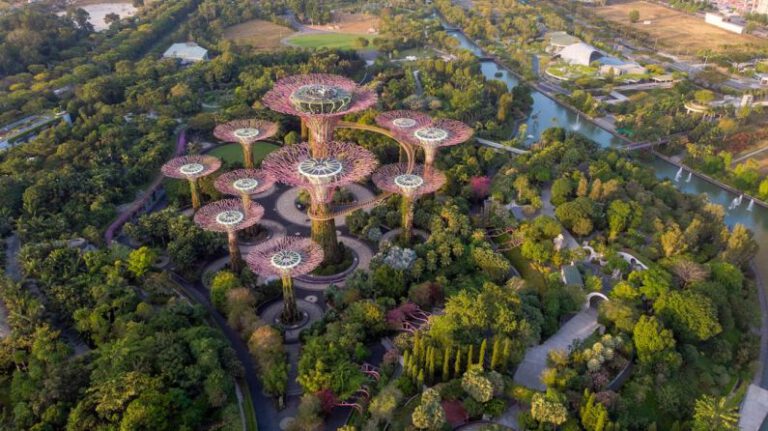Revitalizing Urban Spaces: the High Line Effect in New York City
Nestled among the hustle and bustle of New York City, the High Line stands as a testament to the power of urban revitalization. What was once a disused railway track has been transformed into a vibrant public space that has captivated locals and tourists alike. The High Line effect has not only rejuvenated the surrounding area but has also inspired cities around the world to reimagine their own neglected spaces. Let’s delve into the transformative impact of the High Line in New York City.
Transforming Neglect into Beauty
The High Line, a 1.45-mile-long elevated linear park, was built on a historic freight rail line elevated above the streets on Manhattan’s West Side. Originally constructed in the 1930s to lift dangerous freight trains off the streets, the railway fell into disuse in the 1980s following a decline in rail transportation. For years, the tracks sat abandoned, overtaken by wild vegetation and graffiti, until a community-led initiative sparked a movement to repurpose the space.
The Birth of a Cultural Icon
In 2009, after years of planning and development, the first section of the High Line opened to the public. What was once an eyesore became a beacon of creativity and innovation. Lush greenery, contemporary art installations, and sweeping views of the city skyline transformed the elevated park into a cultural hub. The High Line seamlessly blends nature with urban architecture, offering a tranquil retreat from the chaotic city below.
A Boost to Real Estate and Tourism
The impact of the High Line extends far beyond its physical presence. The revitalization of this urban space has led to a surge in property values in the surrounding neighborhoods. Trendy restaurants, boutique shops, and luxury condominiums now line the streets adjacent to the park, attracting affluent residents and visitors seeking a taste of the High Line lifestyle. Tourists flock to the area, not only to stroll along the elevated pathway but also to experience the vibrant community that has blossomed around it.
Inspiring Global Change
The success of the High Line has reverberated across the globe, inspiring cities to reevaluate their own neglected spaces. From Paris to Seoul, urban planners are looking to the High Line as a model for transforming abandoned infrastructure into thriving public amenities. The concept of adaptive reuse, where existing structures are repurposed for new uses, has gained traction as a sustainable approach to urban development.
Creating a Blueprint for the Future
As cities grapple with issues of overcrowding, pollution, and social isolation, the High Line offers a blueprint for creating sustainable, inclusive urban spaces. By prioritizing greenery, public accessibility, and community engagement, cities can revitalize neglected areas and foster a sense of belonging among residents. The High Line effect is not just about beautifying a space; it’s about reimagining the way we interact with our urban environments.
Embracing the High Line Spirit
The High Line effect in New York City serves as a reminder of the transformative power of visionary thinking and community collaboration. What was once a derelict railway track is now a symbol of urban renewal and creativity. As cities continue to evolve and grow, the legacy of the High Line challenges us to embrace innovation, sustainability, and the enduring beauty of repurposed spaces. Let the High Line effect inspire us to reimagine our cities and create vibrant, inclusive communities for generations to come.

